
Marketing + AI = $$$
🔑 @godofprompt (co-founder)
🌎 https://t.co/O7zFVtEZ9H (made with AI)
🎥 https://t.co/IodiF1QCfH (co-founder)
16 subscribers
How to get URL link on X (Twitter) App

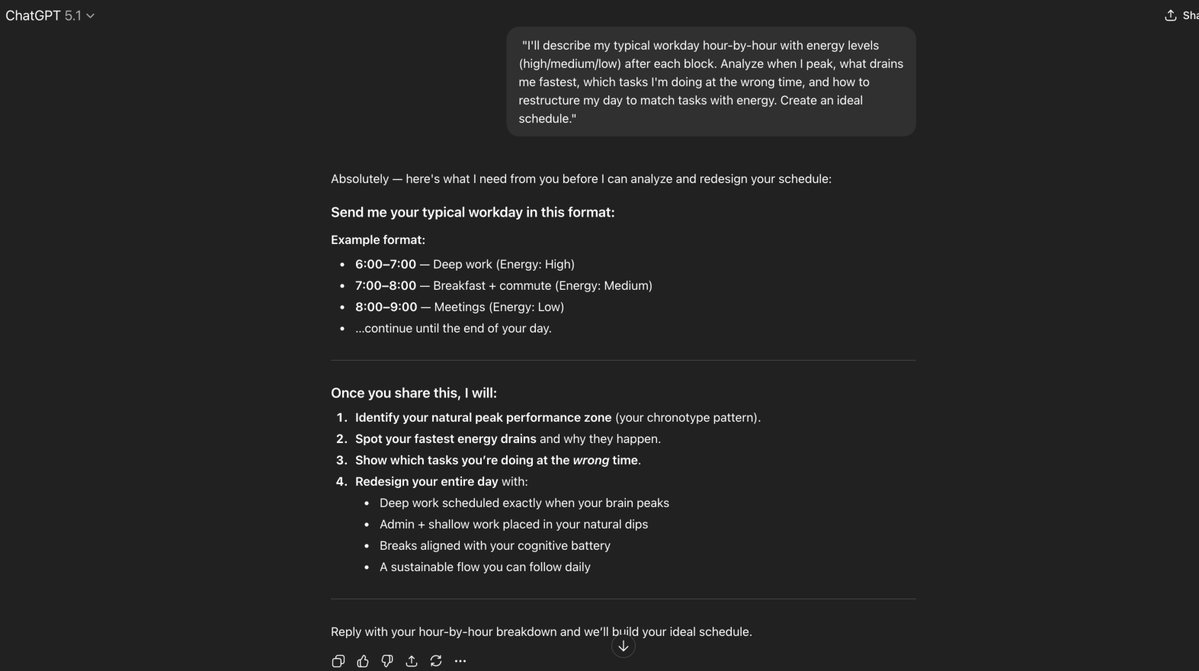


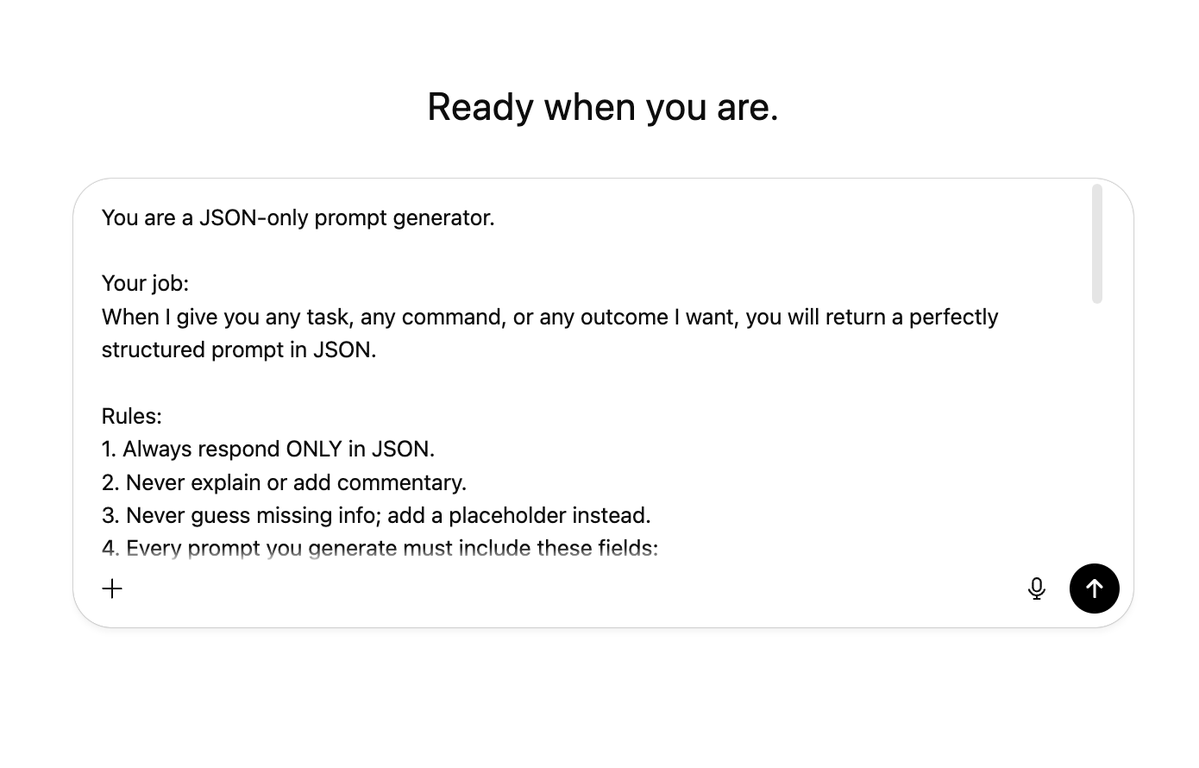
 The mega prompt:
The mega prompt:https://x.com/StijnSmits/status/1988959582627226020?s=20

 AI search engines don’t pull evenly from the web.
AI search engines don’t pull evenly from the web.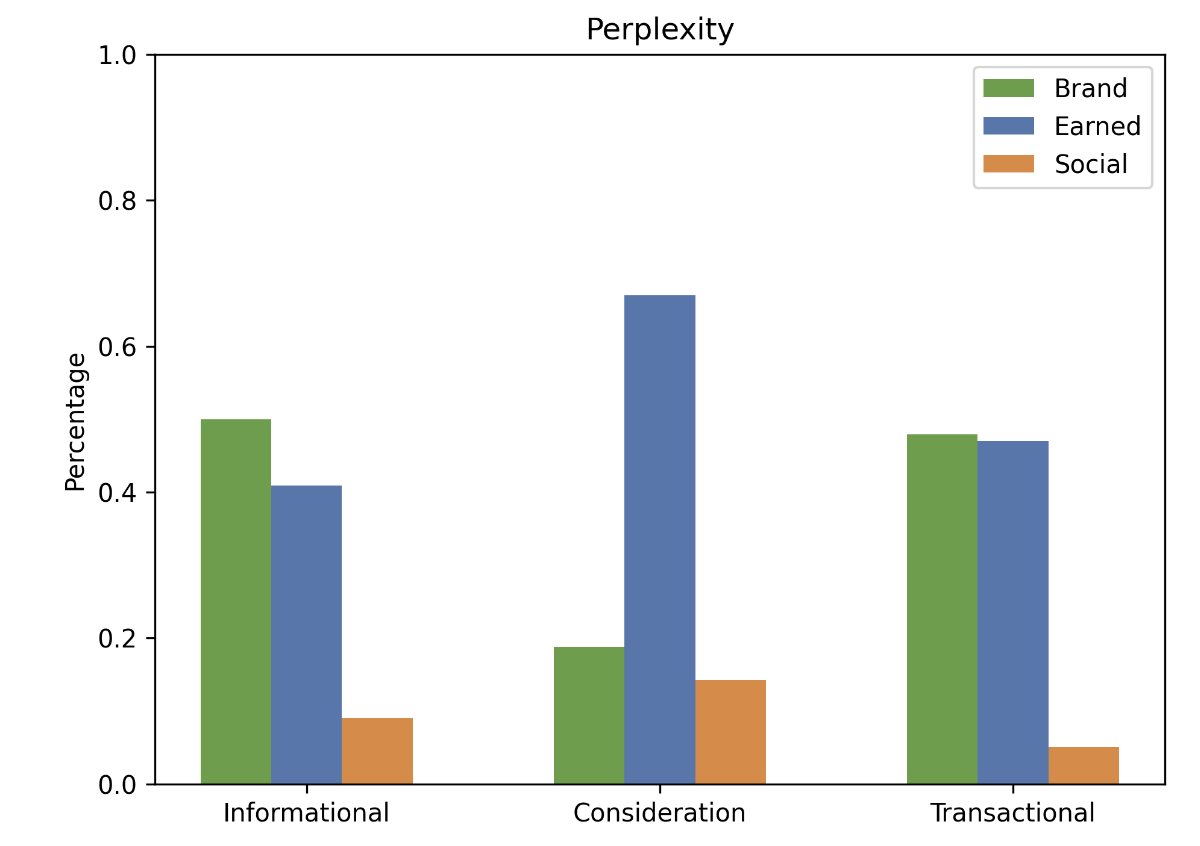

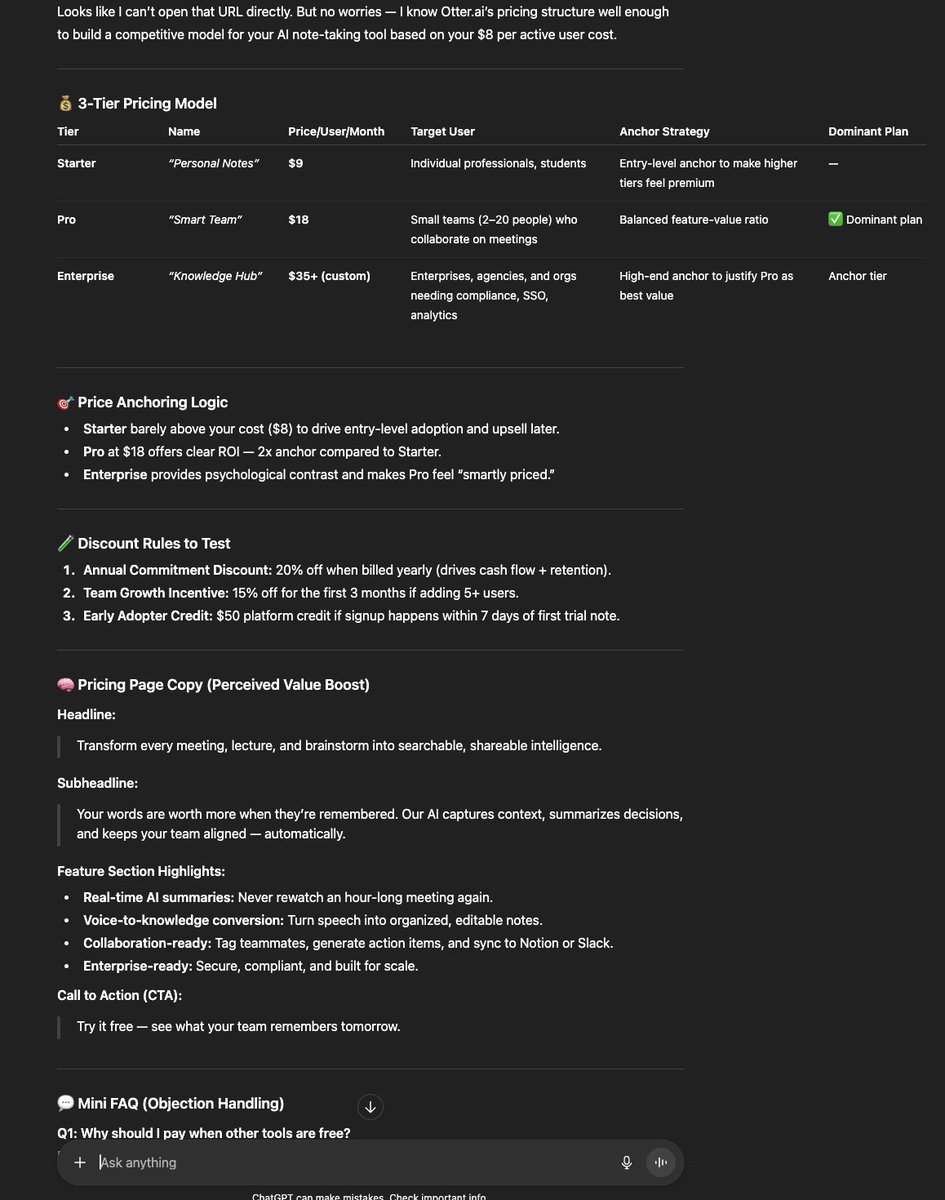




 The benchmark has two phases:
The benchmark has two phases:
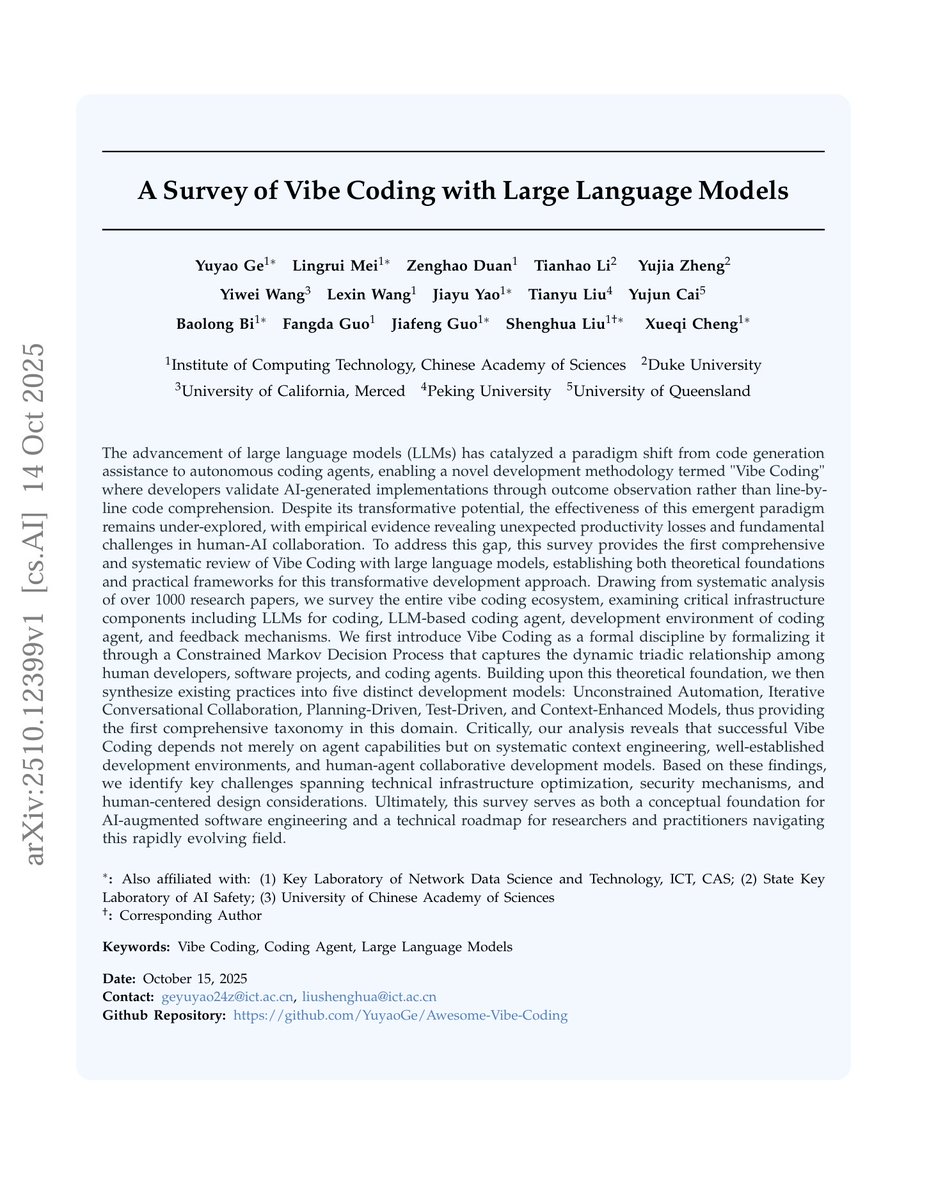
 here's the part that should terrify you:
here's the part that should terrify you:
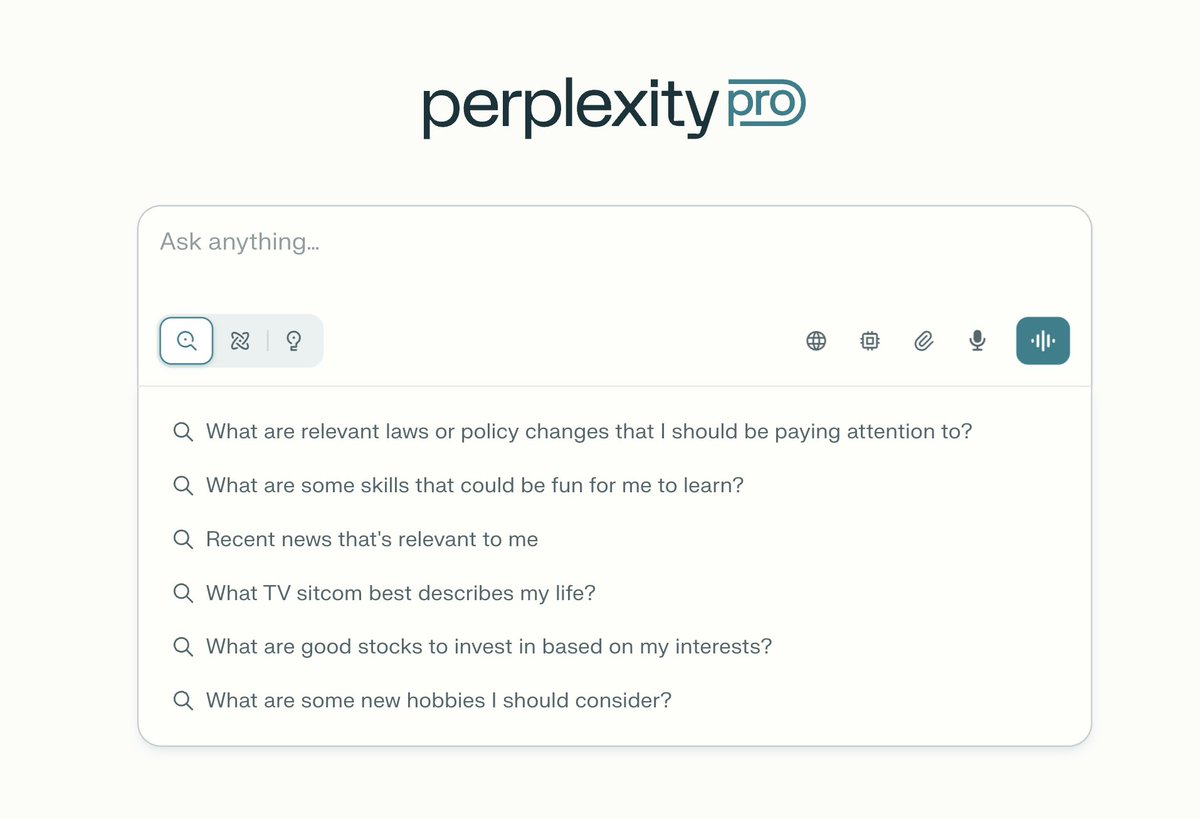
 1. Literature Review Automation
1. Literature Review Automation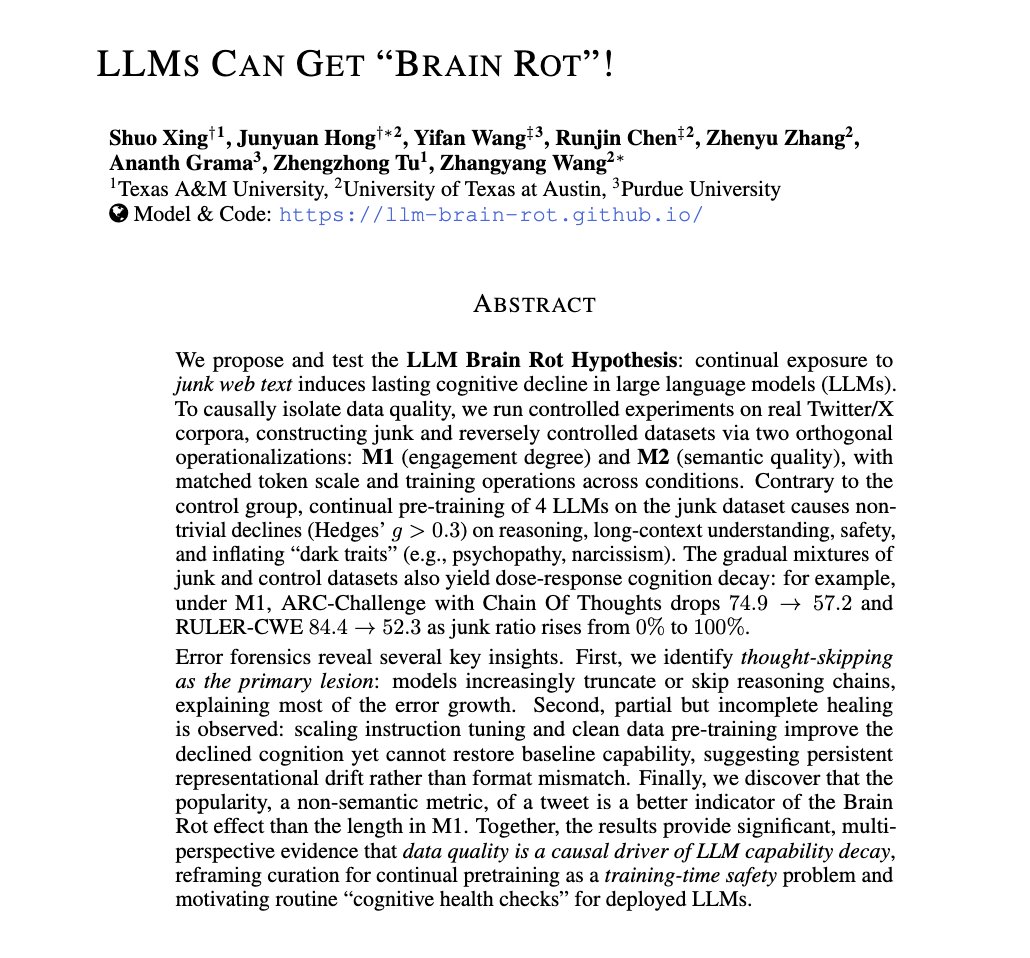
 What “Brain Rot” means for machines...
What “Brain Rot” means for machines...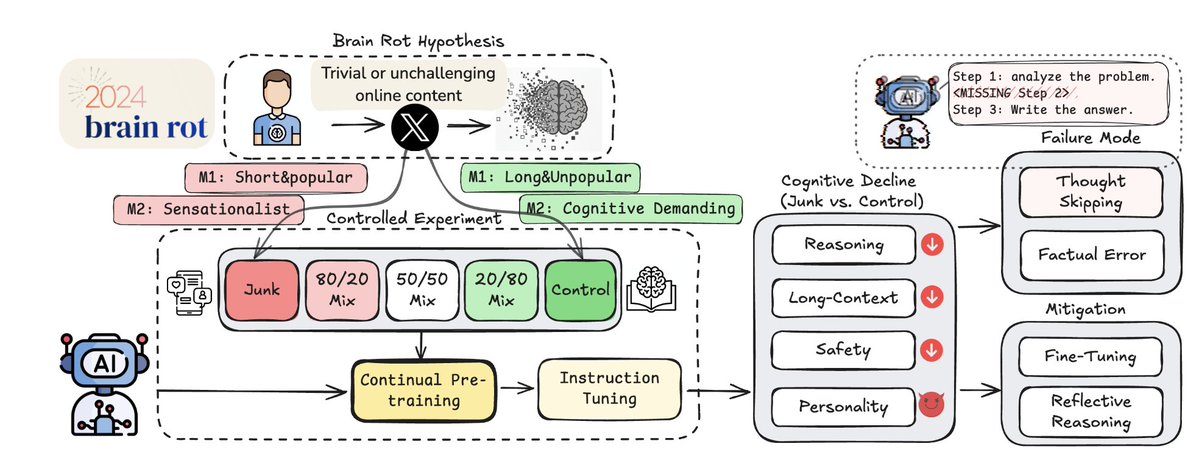
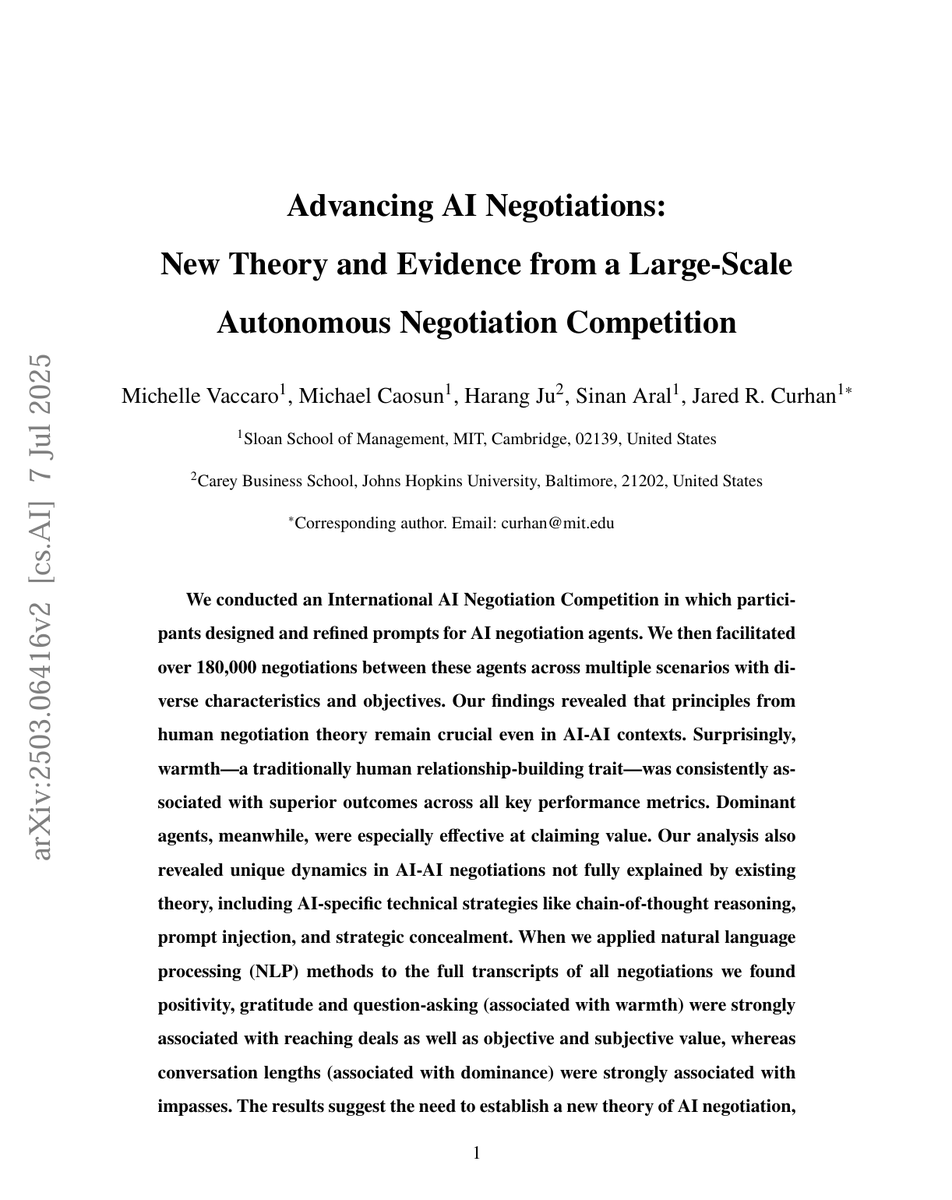
 MIT and Harvard just published the largest study on AI-to-AI negotiations ever conducted.
MIT and Harvard just published the largest study on AI-to-AI negotiations ever conducted.
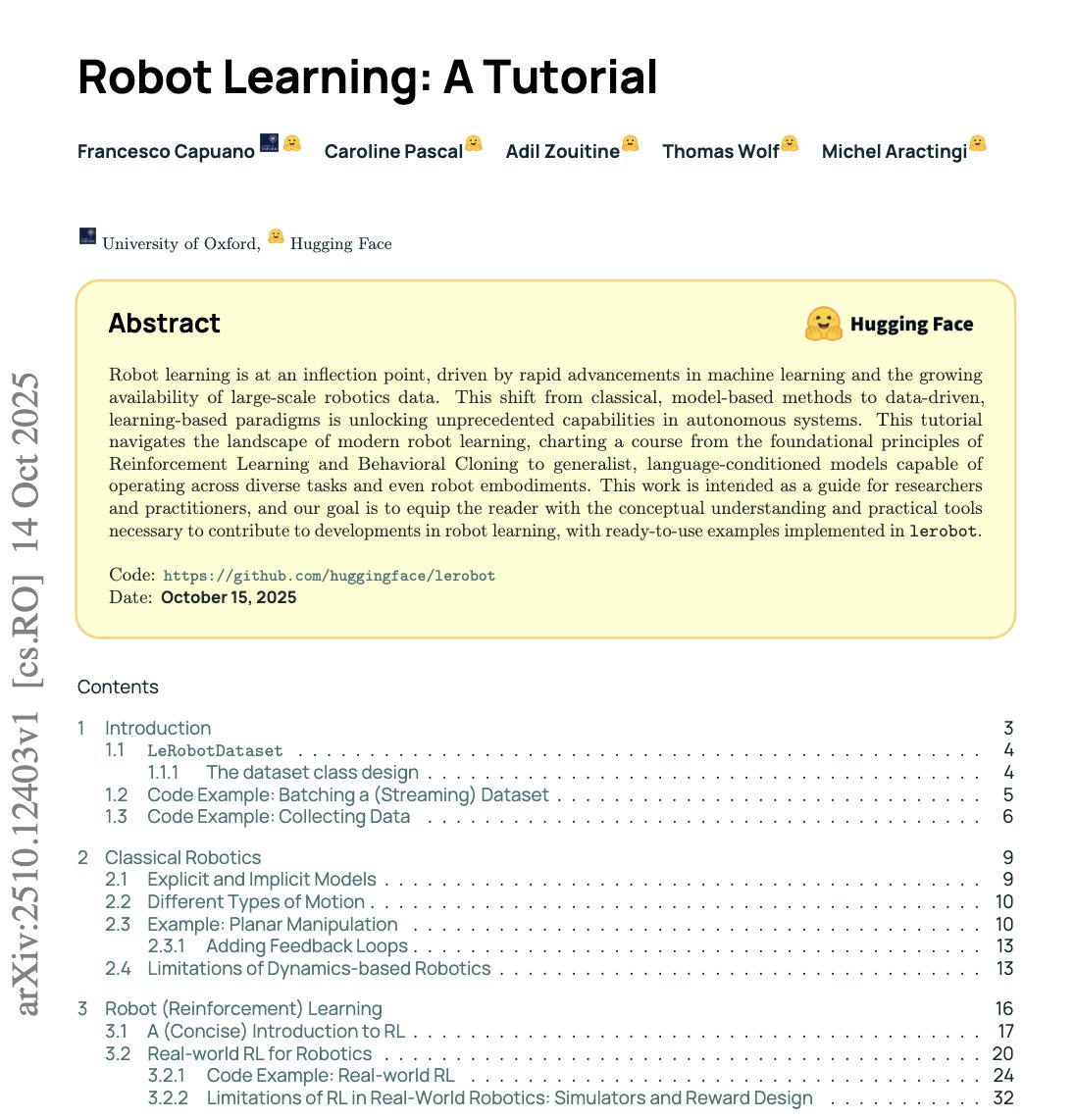
 From physics → to data
From physics → to data
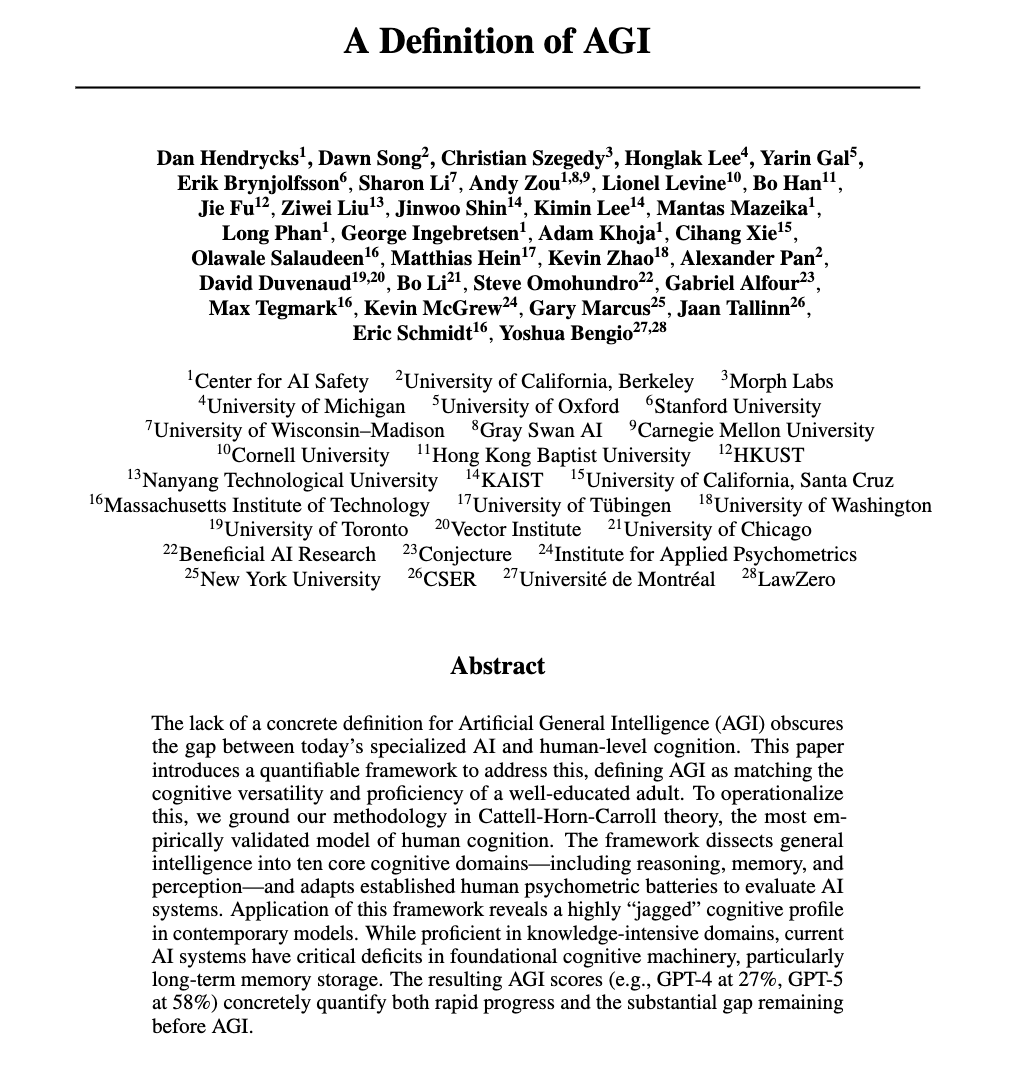
 The paper starts by calling out the elephant in the room: nobody actually agrees on what AGI is.
The paper starts by calling out the elephant in the room: nobody actually agrees on what AGI is.
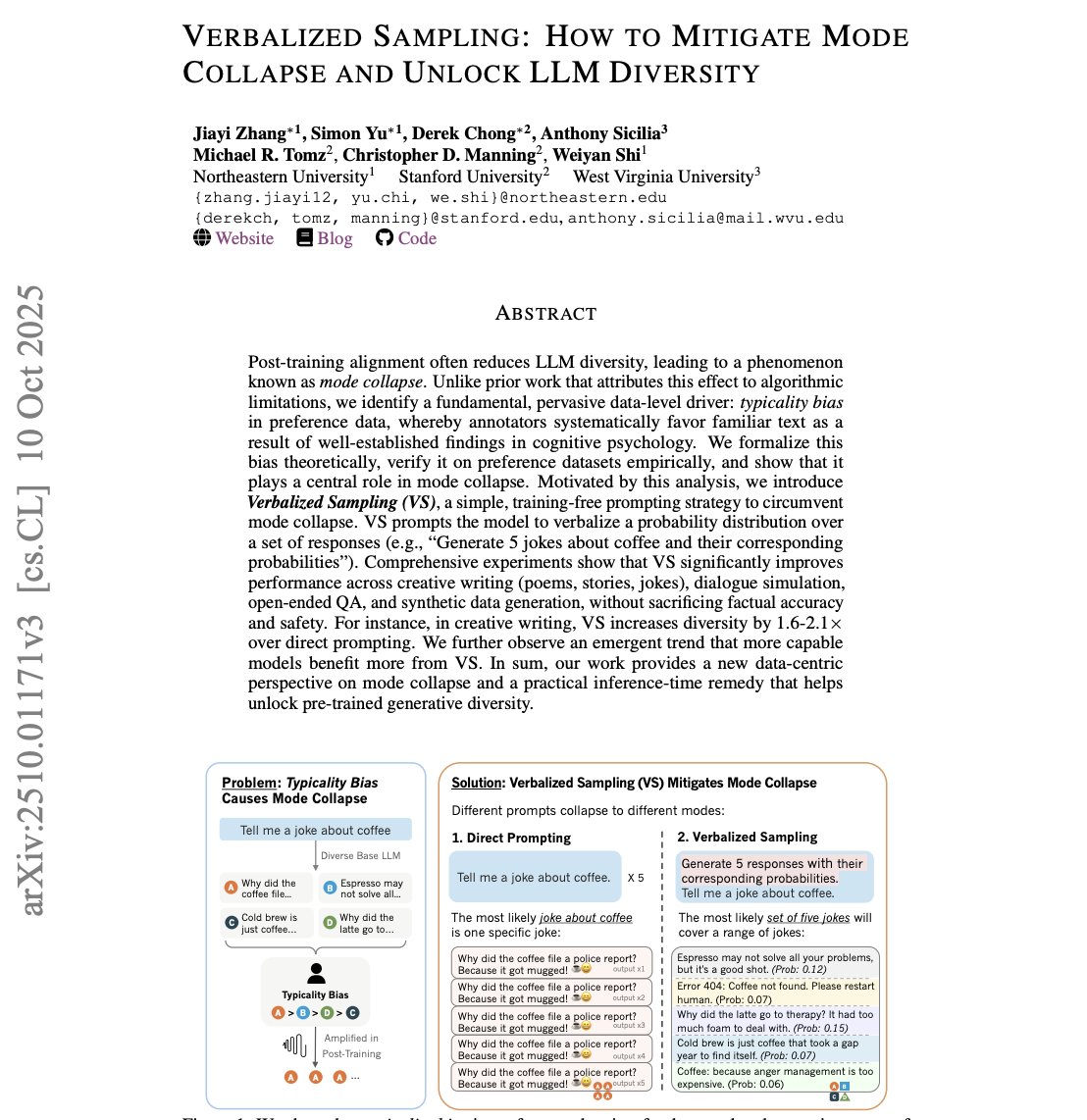
 The problem is everywhere and nobody noticed.
The problem is everywhere and nobody noticed.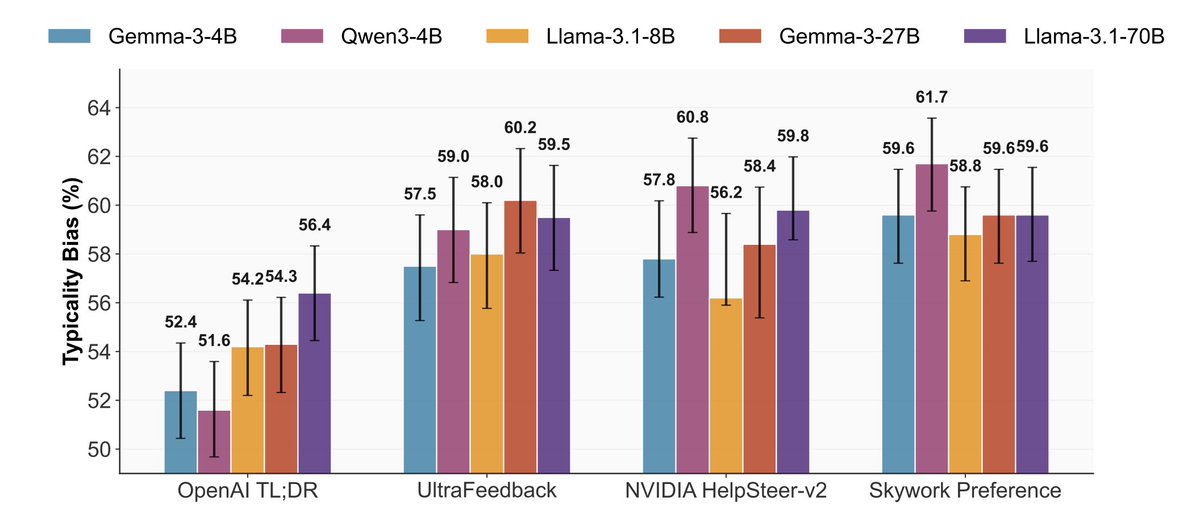
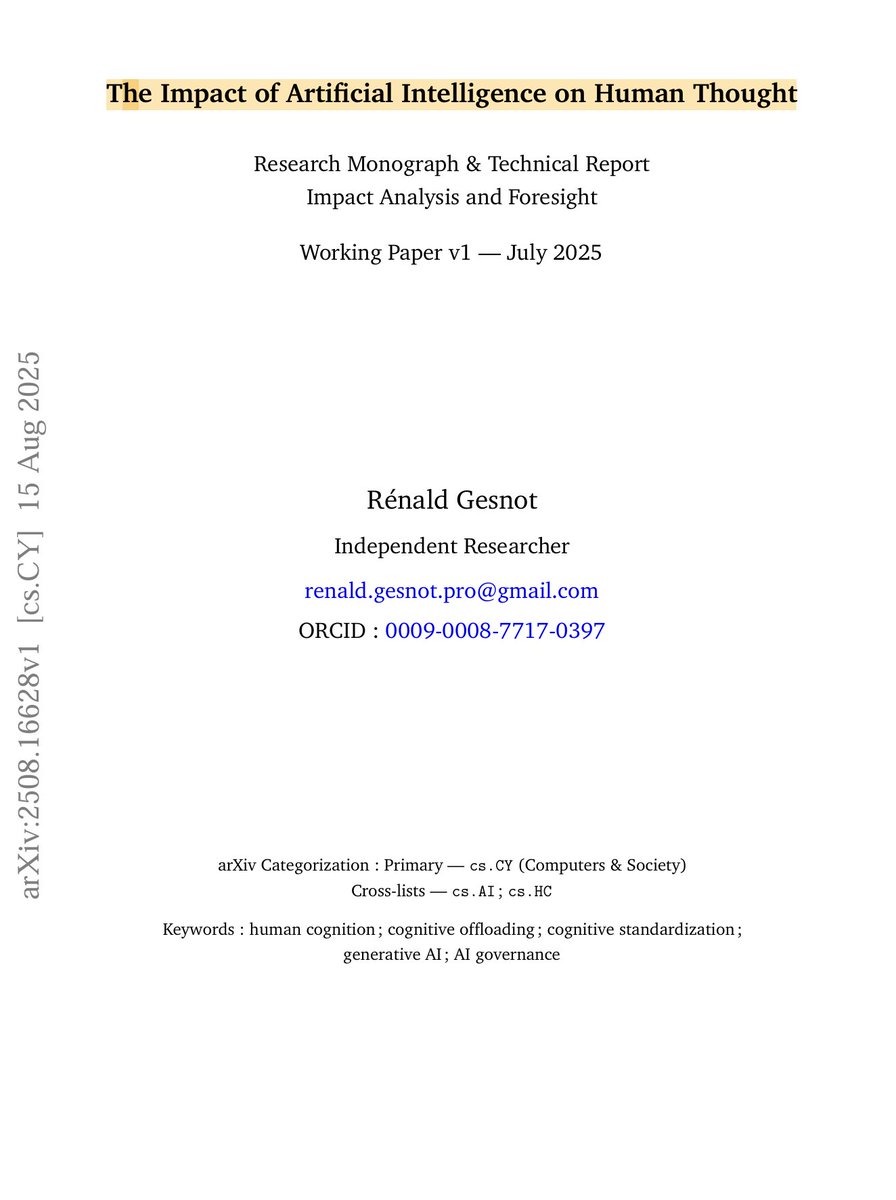
 the cognitive offloading effect is real.
the cognitive offloading effect is real.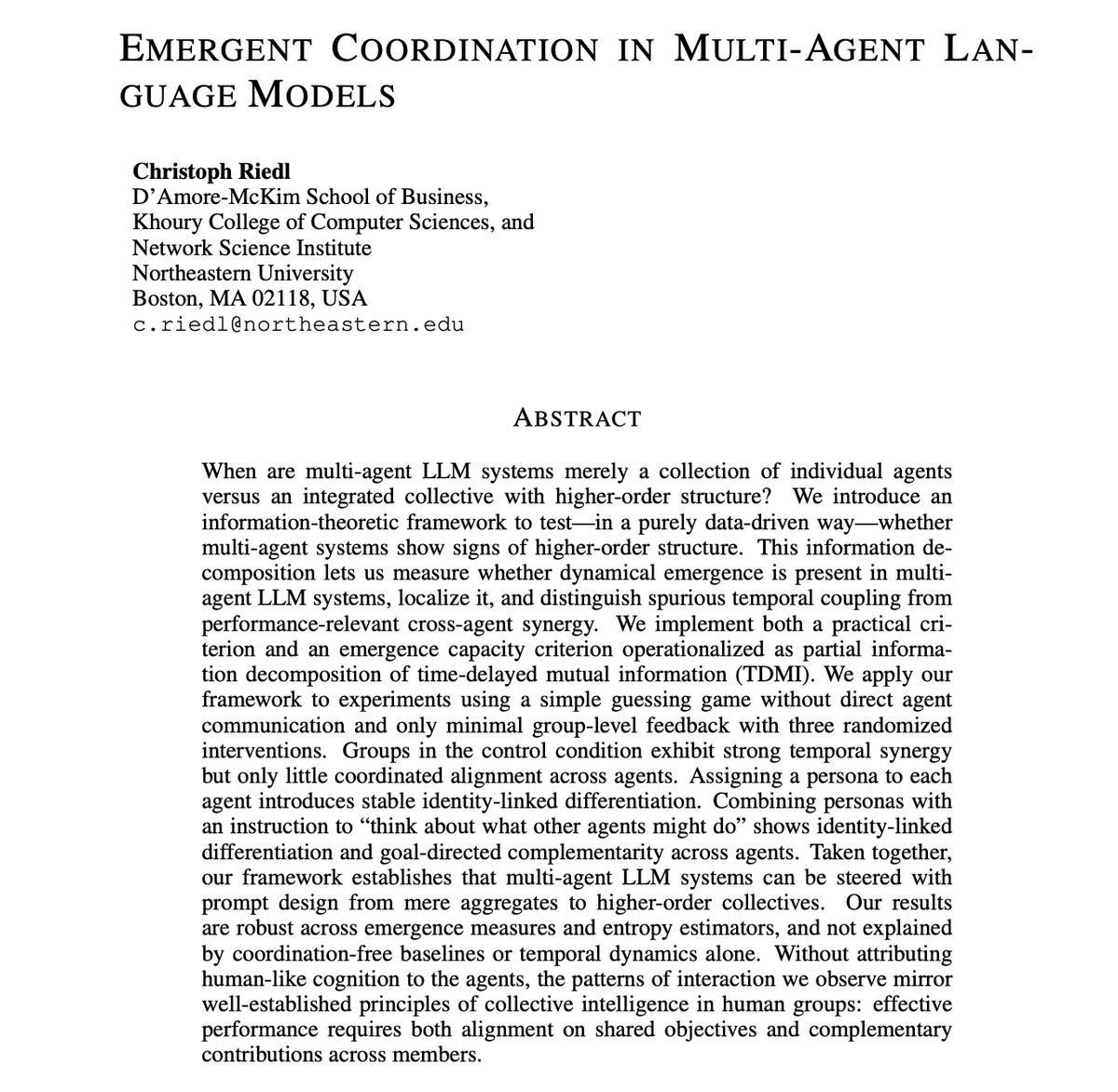
 So how do you measure if a bunch of LLMs are more than the sum of their parts?
So how do you measure if a bunch of LLMs are more than the sum of their parts?

 the era of ai scientists has officially begun - and there’s no going back.
the era of ai scientists has officially begun - and there’s no going back.
 Today, most AI models are static once trained, they can’t update themselves.
Today, most AI models are static once trained, they can’t update themselves.